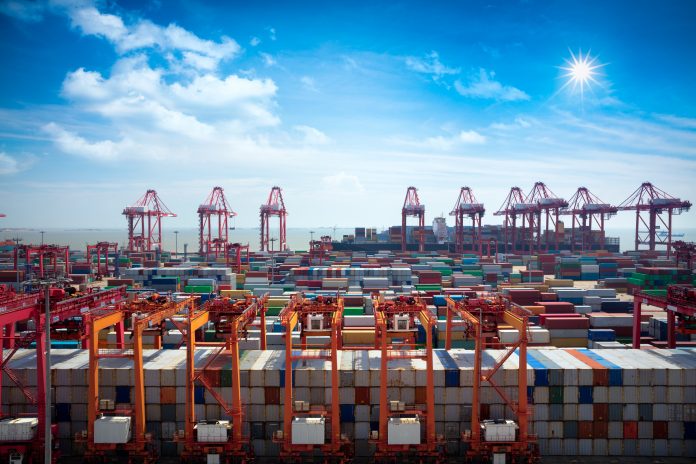
Within a space of a year, the catch-phrase in the liner industry has gone from “containers are hard to come by” to concerns of a container glut, as freight levels reverse to pre-Covid-19 lows.
Chinese netizens have been posting photos of the country’s busiest ports, namely Shanghai and Yantian (Shenzhen), overflowing with empty containers.
Local media has also reported that orders for manufactured goods for many Chinese small and medium-sized enterprises and exporters have plunged, sending them to the verge of bankruptcy. This trend was highlighted when a Vietnamese shoe factory owned by Taiwanese group Pou Chen, had to cut 6,000 jobs after falling orders from major sportswear companies Nike and Adidas.
According to the data released by the Shanghai Shipping Exchange on 11 February, the recovery of Chinese exports after the Chinese New Year holiday has not been satisfactory.
This has filtered through to container freight levels, and the balance between shipping supply and demand is not ideal.
Drewry’s World Container Index stated on 16 February that average shipping rate for 40-foot containers has plunged 81% from a peak of US$10,377 in September 2021, to US$1,955 now. The consultancy had recently estimated that the oversupply of containers would reach 6 million TEUs, due to over-ordering during the good times.
According to insiders in the shipping industry, a large number of boxship newbuildings will be delivered this year, due to record orders when freight levels hit all-time highs in 2021 and 2022. However, the liner party is all but over, and collapsed cargo volumes have caused excess shipping capacity.
Linerlytica analyst Tan Hua Joo told Container News that the pile-up of empty containers in ports is an illustration of the sluggish market.
He said, “Cargo demand is very weak at the moment, especially in the United States, while congestion, especially in US ports, has eased. There were also excessive new containers ordered in the last two years, while older boxes were kept in circulation for longer than their normal lifespans. All that has resulted in a surplus of empty containers that I estimate at 4 million TEUs, and it will take at least a year for the situation to return to normal.
“These surplus containers are repositioned empty from inbound ships and are usually picked up for exports directly at the ports, so a slowdown in export demand will result in a build-up of surplus inventory.”
Martina Li
Asia Correspondent





